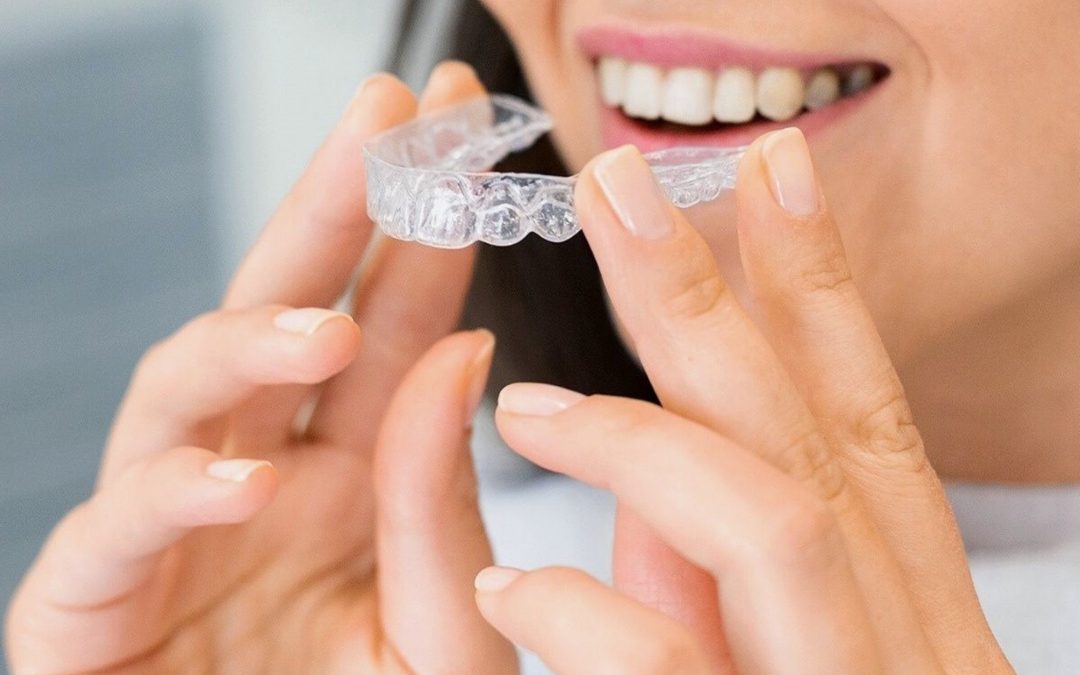The Invisalign treatment has enabled dentists and orthodontists to work and fix a number of critical dental and cosmetic issues over the years.
One of the dental issues that Invisalign is able to help address is gap teeth. Dentists use Invisalign treatment to fix gaps between the teeth without using traditional metal braces.
What Exactly Are Gap Teeth?
Gap teeth are a common cause of dissatisfaction with one’s smile. Gap teeth, also known as spacing difficulties, are cases in which a person has additional space between at least two of their teeth.
Diastema is a medical term for missing teeth. The word refers to both minor and vast gaps. While smaller gaps are frequently addressed with veneers or bonding, larger gaps usually necessitate a different technique. Invisalign transparent aligners have recently become a popular treatment for gap teeth.
The Root Causes of Teeth Gaps
Gapped teeth can be caused by a variety of factors. The following are some of the most common reasons of gap teeth:
- Missing teeth
- Periodontal disease
- Thumb sucking or using a pacifier
- Being born with extremely little teeth or a big frenulum
- Thrust of the tongue
Gapped Teeth and Their Potential Consequences
Many people are self-conscious about their smile as a result of having gap teeth. While that is undoubtedly a negative outcome, it is not the only one that diastema can produce. Food might become caught in pockets formed between your teeth and gums as a result of the problem.
Gapped teeth can also result in painful, aching, and unpleasant gums. People who have spacing disorders may develop gum disease as a result of their gapped teeth over time.
Diastema Treatment with Invisalign
As previously stated, Invisalign aligners can be used to fix gap teeth. Invisalign transparent aligners close gaps between teeth by gently pressing them back into place over time. Invisalign aligners are similar to clear braces that aren’t as noticeable as traditional metal braces.
Unlike traditional braces, which require patients to avoid certain meals, Invisalign aligners have no dietary limitations because they are removed when you eat. While you will need to visit your Invisalign-trained dentist or orthodontist on a regular basis, you will not need to see your medical provider as frequently as you would with metal braces.






